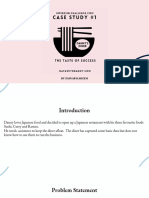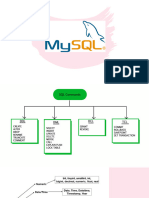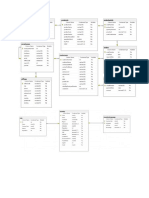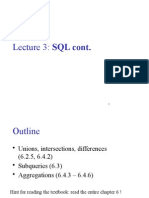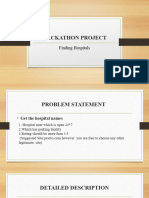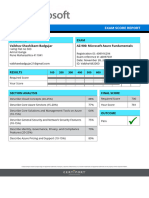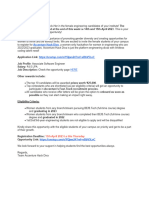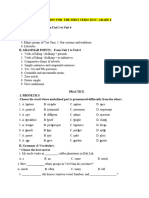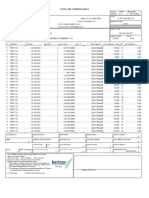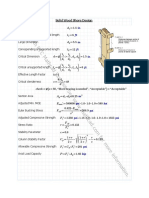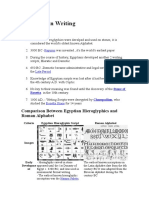0% found this document useful (0 votes)
144 views6 pagesDanny 8week SQL Challange Solution
Danny owns a Japanese restaurant called Danny's Diner and wants to use customer data to improve the customer experience and loyalty program. The data includes sales, menu, and customer membership information. There are 10 questions about analyzing the data to determine customer purchasing patterns, popular menu items, and points earned. Bonus questions involve combining the data tables and ranking customer purchases.
Uploaded by
mobal62523Copyright
© © All Rights Reserved
We take content rights seriously. If you suspect this is your content, claim it here.
Available Formats
Download as DOCX, PDF, TXT or read online on Scribd
0% found this document useful (0 votes)
144 views6 pagesDanny 8week SQL Challange Solution
Danny owns a Japanese restaurant called Danny's Diner and wants to use customer data to improve the customer experience and loyalty program. The data includes sales, menu, and customer membership information. There are 10 questions about analyzing the data to determine customer purchasing patterns, popular menu items, and points earned. Bonus questions involve combining the data tables and ranking customer purchases.
Uploaded by
mobal62523Copyright
© © All Rights Reserved
We take content rights seriously. If you suspect this is your content, claim it here.
Available Formats
Download as DOCX, PDF, TXT or read online on Scribd
/ 6






